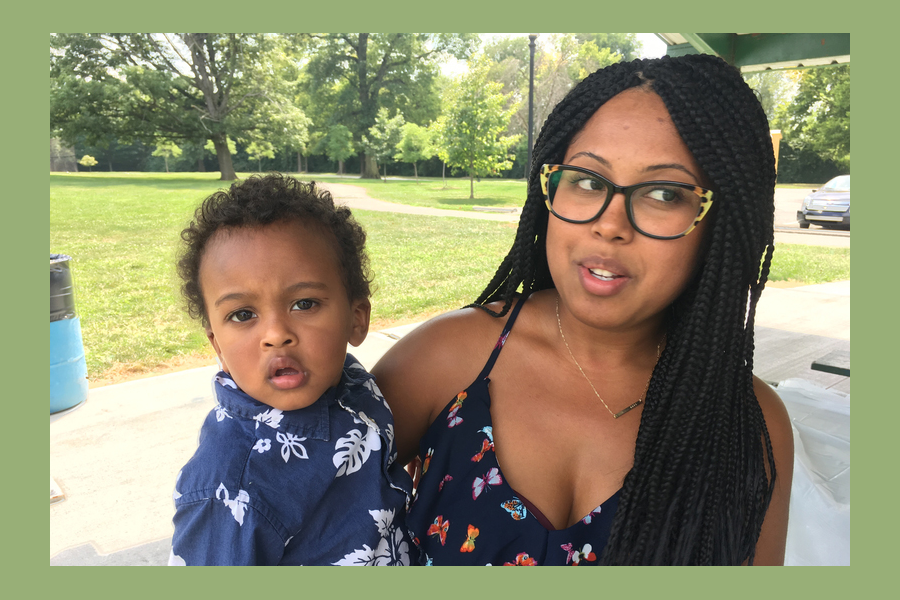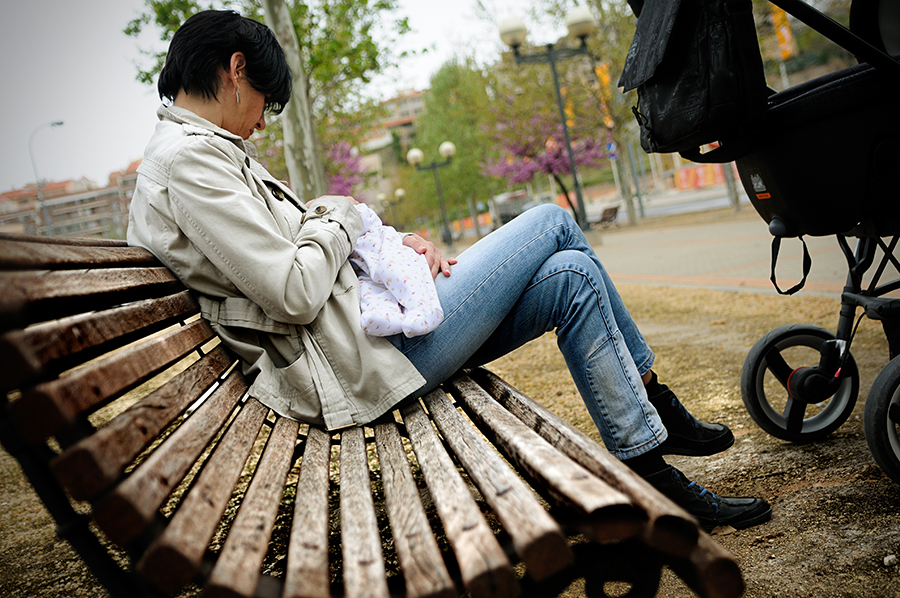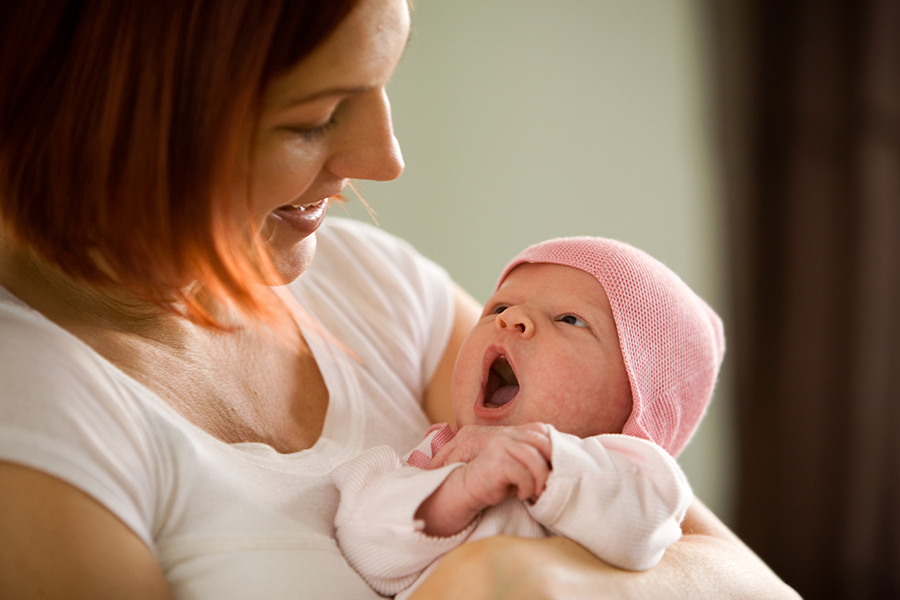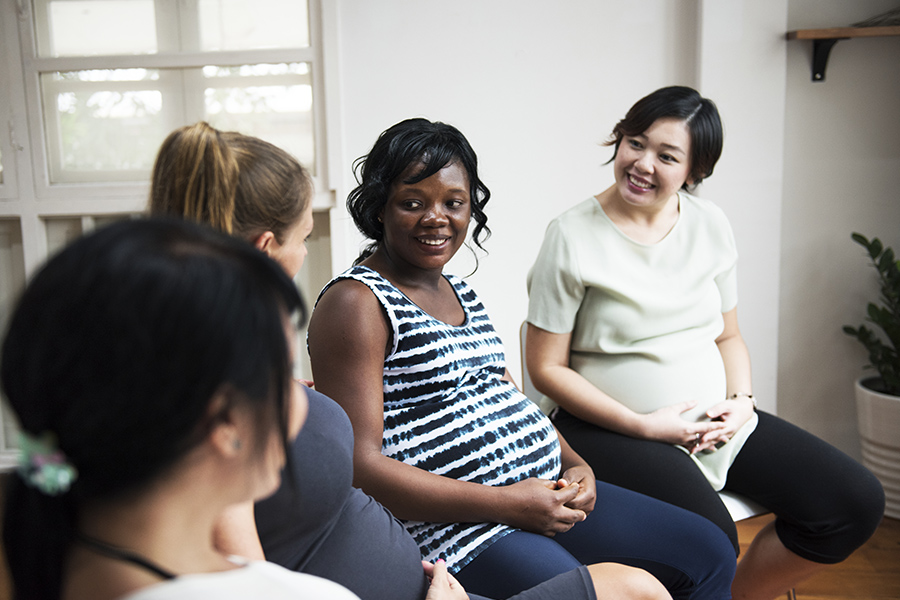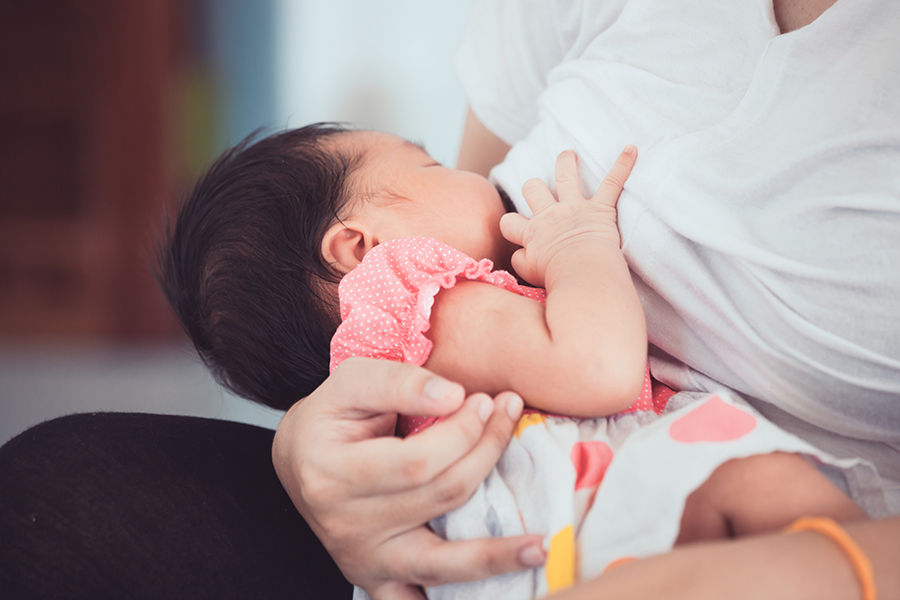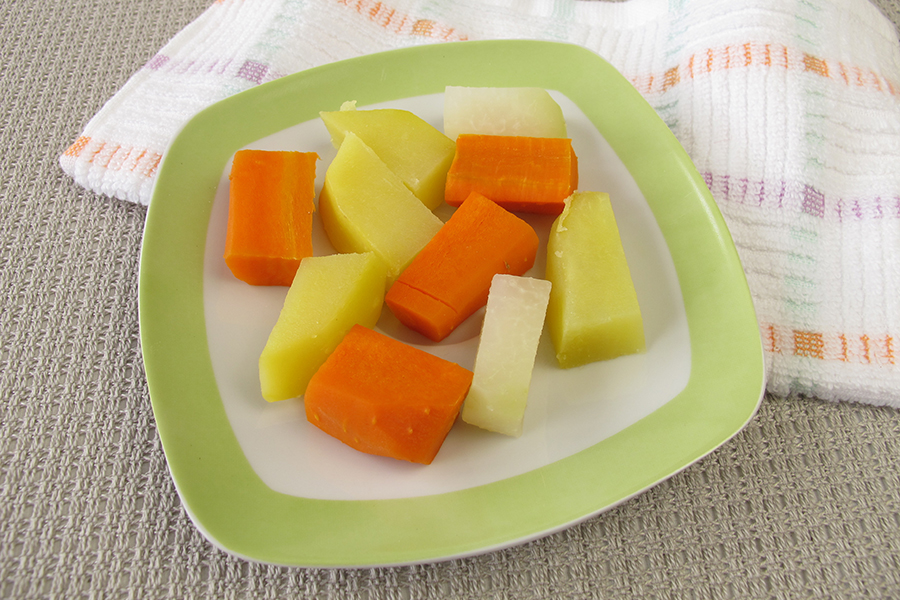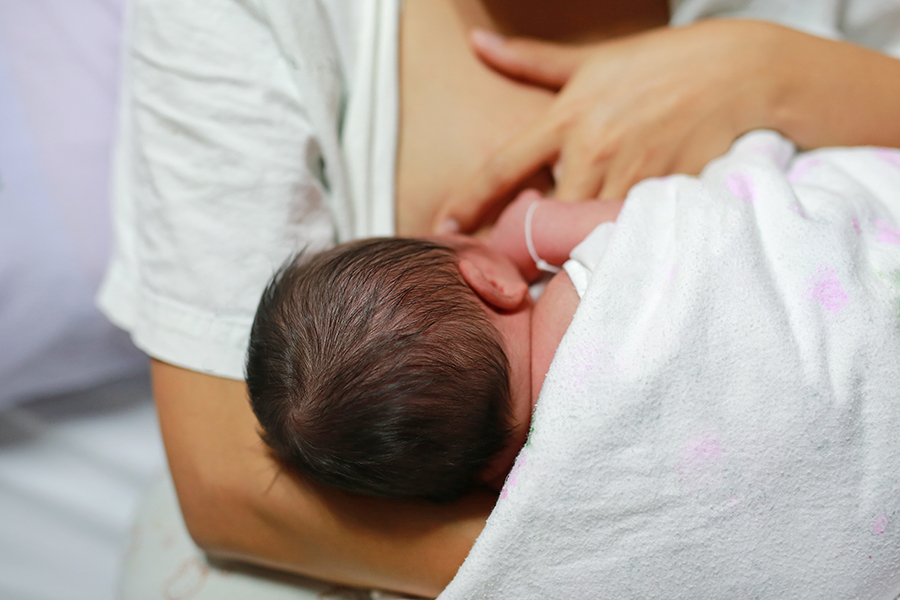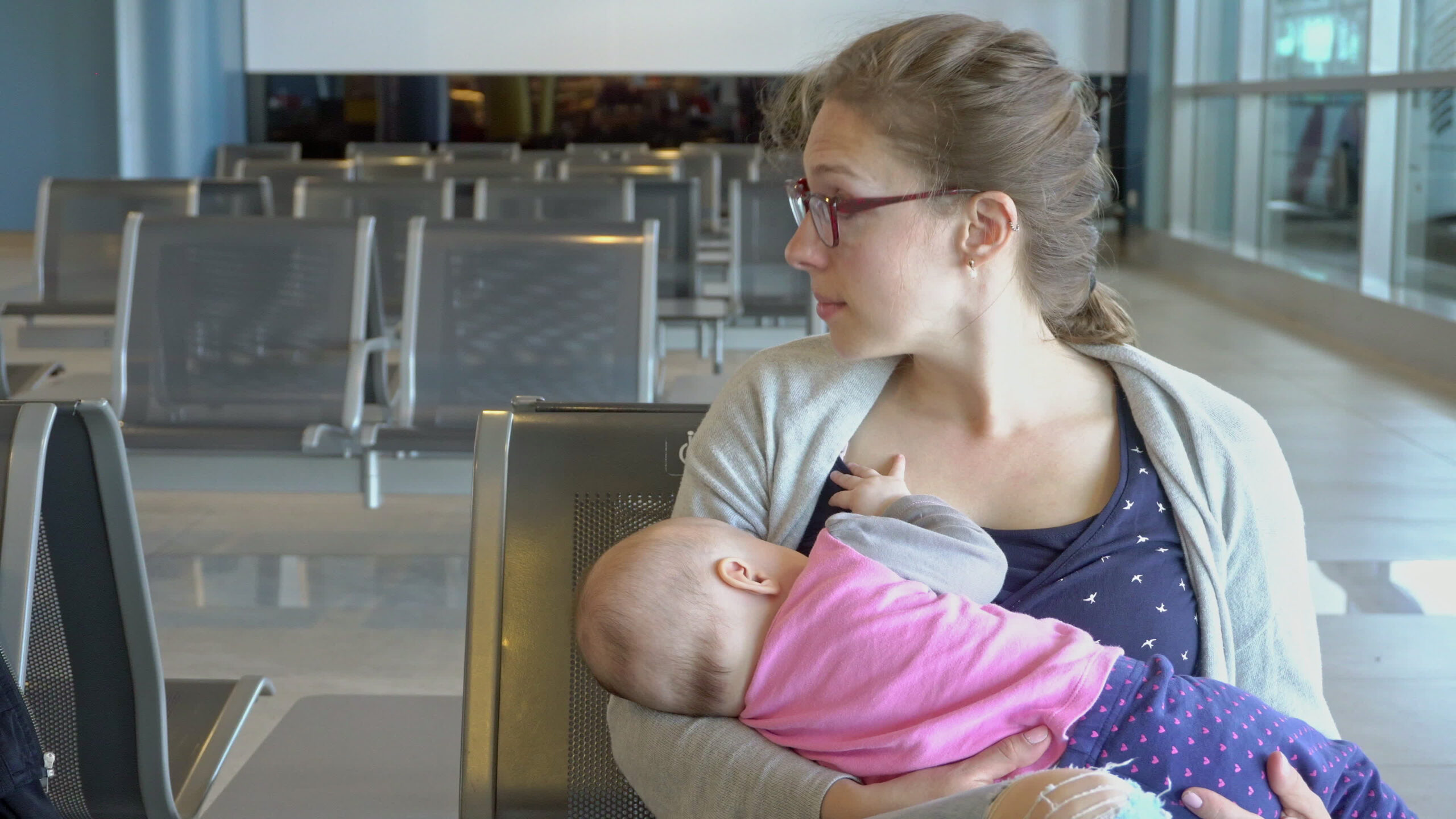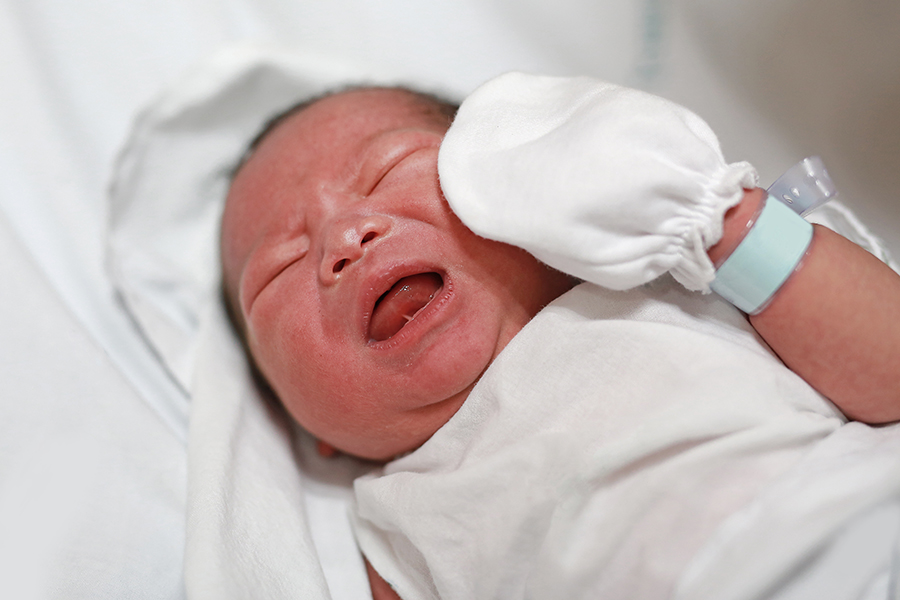By Keshia McEntire (Indianapolis Recorder) & Sarah Fentem (Side Effects Public Media) for Indiana Public Media
Tahwii Spicer is all about being natural. With the help of a midwife, she had an unmedicated home birth with her son Reece, now almost 2 years old, and said almost as soon as he was born, he army-crawled up her body to start feeding.
“He was so ravenous!” she said. “He was hungry.”
Despite her positive experience, Spicer, who lives in Indianapolis, said examples of breast-feeding are sometimes hard to find in the Black community. “Some of us don’t have a lot of support, and we don’t necessarily see it in our own families,” she said. “We might not even have been breast-fed ourselves.”
Breast-feeding rates are increasing each year, but a gaping disparity between Black women and women of other races remains. According to data from the Indiana State Department of Health, in 2015, 82 percent of white women in Indiana were breast-feeding when they left the hospital after delivery, compared with only 68 percent of Black women.
Research highlights racial gap
Research strongly suggests a correlation between breast-feeding and lower rates of certain diseases and mortality for both infants and mothers, said Melissa Bartick, an assistant professor at Harvard Medical School who studies racial disparities in breast-feeding. “A lot of pediatric infectious disease, gastroenteritis, ear infections, that [evidence] is very, very strong,” she said.
Bartick said such infections are often associated with premature and low birth weight babies, which occur at a higher rate in Black women than in other races.
Other statistics indicate a connection between breast-feeding and a lower rate of sudden unexpected infant deaths (SUIDS), in which an infant dies inexplicably before his or her first birthday. SUIDS is increasing in Indiana. In 2014, 240 African-American babies per every 100,000 died from SUIDs, a 60 percent increase over the year before, according to state figures.






